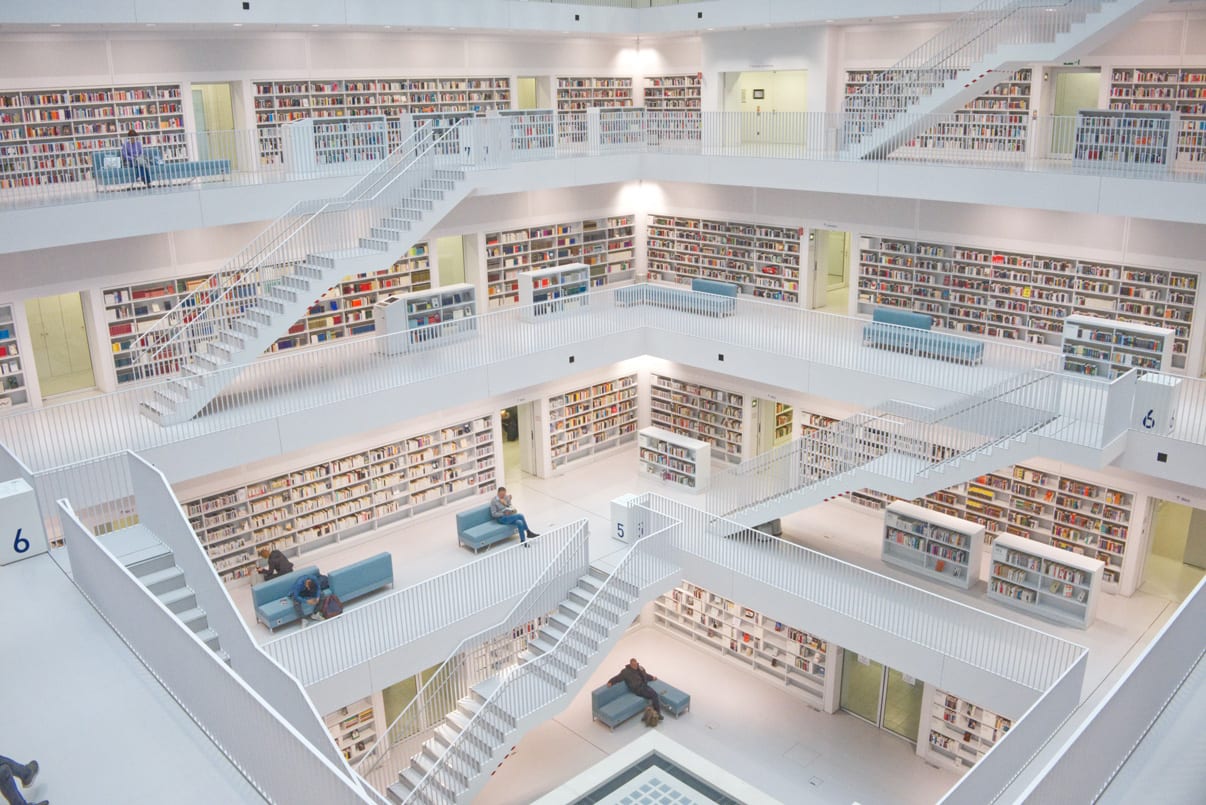10 reasons to Digitize Cultural and Artistic Heritage
The digitisation of cultural and artistic heritage is a task that should be a priority for most cultural institutions by 2024.
In this article, let's discuss this practice, which brings numerous benefits and facilitates the management of information and documents. Here are a few ideas for you to carry out the digitisation of cultural and artistic heritage.
What is digitisation?
Let's start at the beginning! Digitisation is the conversion of analogue information into digital. Since the development of the Internet, the cultural and business sector has changed a lot. These new facilities generate the opportunity to create new business models and improve the efficiency and effectiveness of each company or cultural entity.
Benefits of Cultural Heritage Digitisation
- It saves time searching for files and moving around since everything is stored on a private server or in the cloud.
- Cultural or artistic documents are simultaneously available to an unlimited number of workers, researchers and even the public if desired (e.g. digital newspaper libraries).
- Distribution options are more comprehensive: mail, social networks, and blogs. In addition, the distribution is immediate and more environmentally friendly (it also generates CO2 emissions, although they are usually lower because there is no need for paper copies or logistics costs).
- The level of security is high, as documents are only available to authorised people. The level of security is set by the owner of the information, who can seek advice from a specialist.
- Digitisation is the most effective way to keep a backup copy of cultural archives or another method to preserve cultural and artistic heritage. This option is a condition sine qua non in museums since archives and works of art can degrade over time or suffer any mishap.
- To reproduce unlimited copies of the original document. In addition, it is possible to consult the information at any time and from any electronic device.
- Digitised documents can be modified and adapted to different presentation models or formats, increasing promotion possibilities.
- To transform the business model: virtual exhibitions, reference periodicals, libraries or new marketing opportunities. The possibilities for dissemination multiply, so the institution provides the offer.
- Greater capacity for analysis and perspective: Digitisation makes it possible to have all the information in one place, facilitating the comparison of documents and critical analysis.
- The aim is to give cultural content a "new life cycle" and facilitate the right of access to culture and information for all users.
The benefits are numerous, so we recommend, as far as possible, digitising the entire cultural and artistic heritage, whether the archives are large, medium or small.

How do we digitise heritage?
Planning and organising all the documentation and archives before transforming them into a digital format is essential. Initiatives such as Google Books, DIY Book Scanner or Project Grado facilitate the process. The strategy established must take a series of aspects into account:
- Order the collections in a specific way and in reasonable quantities.
If you have a unique collection, digitise it without thinking about it. You can check if the documentation is already in other digital repositories if you still need to. - Look at the resources available and the time required to digitise each collection.
- To digitise is not to copy but to seek a digital representation. It is not the preserved object but the attributes that describe it (texture, shape, colour, content...). The information collected is sufficient only if we entirely transfer these attributes.
- Therefore, digitisation of cultural and artistic heritage requires a high level of technical responsibility.
The digitisation of cultural and artistic heritage is of great importance to society. It must be a tool for the community committed to sharing knowledge.
Museums and libraries serve society by promoting the benefits of art, culture, and heritage. This new paradigm holds that culture should be accessible to all people and raises awareness of the need to preserve our societies' artistic and cultural heritage.
If you work in a museum or cultural institution and have not yet opted for digitalised culture, it is time to consider it. At Misterio Studio, we offer mediation and cultural outreach services, such as exhibitions and social media strategy, to help energise any collection. Please write to us!